Parts of the Brain
This parts of the brain chart is based on Paul MacLean's triune brain theory. An influential neuroscientist, MacLean believed that the human brain contains three separate "drivers" that control the neural chassis, each of which represents a major stage in our evolutionary development:
The Neural Chassis (Hindbrain and Midbrain) |
|||
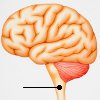
Brain Stemcontrols important automatic functions such as heart rate and breathing |
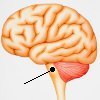
Ponsinvolved in the transitions between being awake, being asleep, and dreaming |
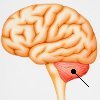
Cerebellumcontrols movements that have been learned and no longer require our direct attention such as keeping one's balance while walking, riding a bike, or playing the piano. |
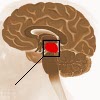
Midbraininvolved primarily in facial and eye movements |
1. The Reptilian Brain(shared with reptiles) |
|||
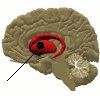
Basal Gangliainvolved in initiating and controlling voluntary movementsas well as reflex actions and instincts |
|||
2. The Limbic System / Emotional Brain(shared with all mammals) |
|||
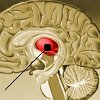
Thalamusis the main relay station for transferring information from the inner parts of the brain to the outer parts |
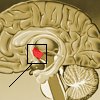
Hypothalamuscontrols the release of adrenaline as well as our appetite, sleep patterns and sex drive |
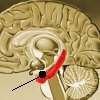
Hippocampustakes items from our short-term memory and indexes them into long-term memory |
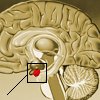
Amygdalainvolved in producing and regulating our emotions, especially fear |
3. The Neocortex / Rational Brain(shared with primates and other large mammals) |
|||
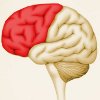
Frontal Lobesthe CEO of the brain, performs rational functions such as imagining the future and using logic to solve problems |
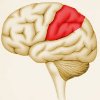
Parietal Lobesinvolved in the senses of taste, smell, and feel |
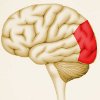
Occipital Lobesprocess images from the eyes |
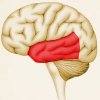
Temporal Lobesprocess information from the ears and are involved in memory formation and retrieval |



